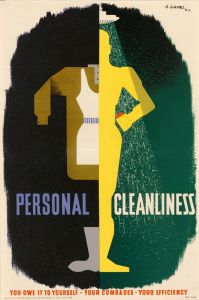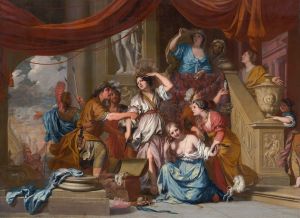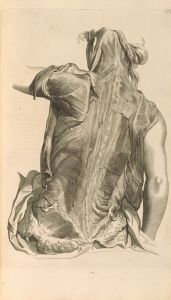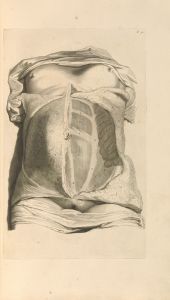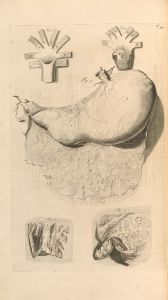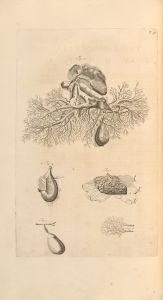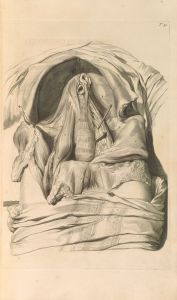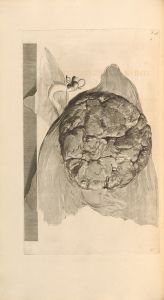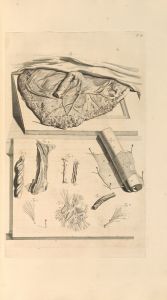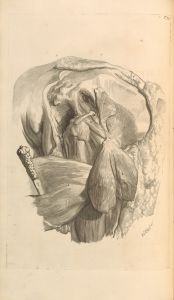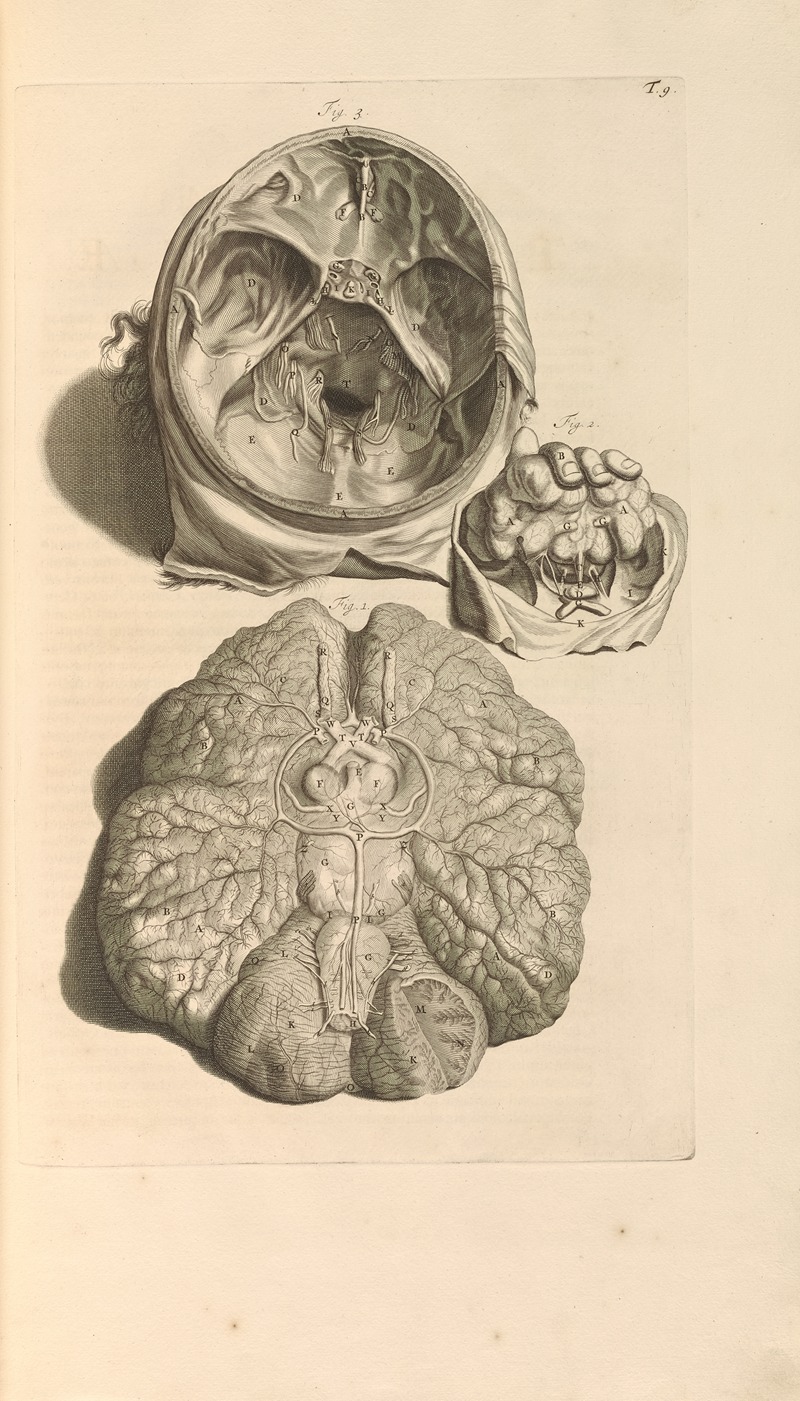
Anatomia humani corporis Pl.010
A hand-painted replica of Gerard de Lairesse’s masterpiece Anatomia humani corporis Pl.010, meticulously crafted by professional artists to capture the true essence of the original. Each piece is created with museum-quality canvas and rare mineral pigments, carefully painted by experienced artists with delicate brushstrokes and rich, layered colors to perfectly recreate the texture of the original artwork. Unlike machine-printed reproductions, this hand-painted version brings the painting to life, infused with the artist’s emotions and skill in every stroke. Whether for personal collection or home decoration, it instantly elevates the artistic atmosphere of any space.
"Anatomia humani corporis Pl.010" is an illustration by Gerard de Lairesse, a prominent Dutch Golden Age painter and art theorist, known for his classical and Baroque style. This particular work is part of a series of anatomical illustrations created for the book "Anatomia Humani Corporis," which was published in 1685. The book was authored by the Dutch anatomist Govard Bidloo and is considered one of the most detailed and comprehensive anatomical atlases of its time.
Gerard de Lairesse was born in Liège in 1640 and later moved to Amsterdam, where he became a leading figure in the art world. Despite suffering from congenital syphilis, which eventually led to blindness, de Lairesse's artistic talent and theoretical contributions had a significant impact on the art of his era. His collaboration with Govard Bidloo on "Anatomia Humani Corporis" is one of his most notable achievements outside of his more traditional artistic endeavors.
The illustration "Anatomia humani corporis Pl.010" depicts a detailed anatomical study of the human body, showcasing de Lairesse's skill in rendering the complexities of human anatomy with precision and artistic flair. The image is characterized by its meticulous attention to detail, capturing the intricate structures of muscles, bones, and other anatomical features. This level of detail was crucial for medical students and professionals of the time, as it provided an accurate visual reference for understanding human anatomy.
The collaboration between de Lairesse and Bidloo was groundbreaking, as it combined the expertise of a skilled artist with the knowledge of a leading anatomist. This partnership resulted in a series of illustrations that were not only scientifically accurate but also aesthetically pleasing. The illustrations in "Anatomia Humani Corporis" were engraved by Abraham Blooteling and Pieter van Gunst, further enhancing their quality and ensuring their durability for educational purposes.
"Anatomia humani corporis Pl.010" and the other plates in the series were highly regarded in the medical community and contributed to the advancement of anatomical knowledge during the late 17th century. The book itself was used as a reference for many years and influenced subsequent anatomical studies and publications.
In summary, "Anatomia humani corporis Pl.010" by Gerard de Lairesse is a significant work within the context of anatomical illustration and the history of medicine. It exemplifies the collaboration between art and science during the Dutch Golden Age and highlights de Lairesse's contribution to both fields. The detailed and accurate depiction of human anatomy in this illustration continues to be appreciated for its historical and educational value.






